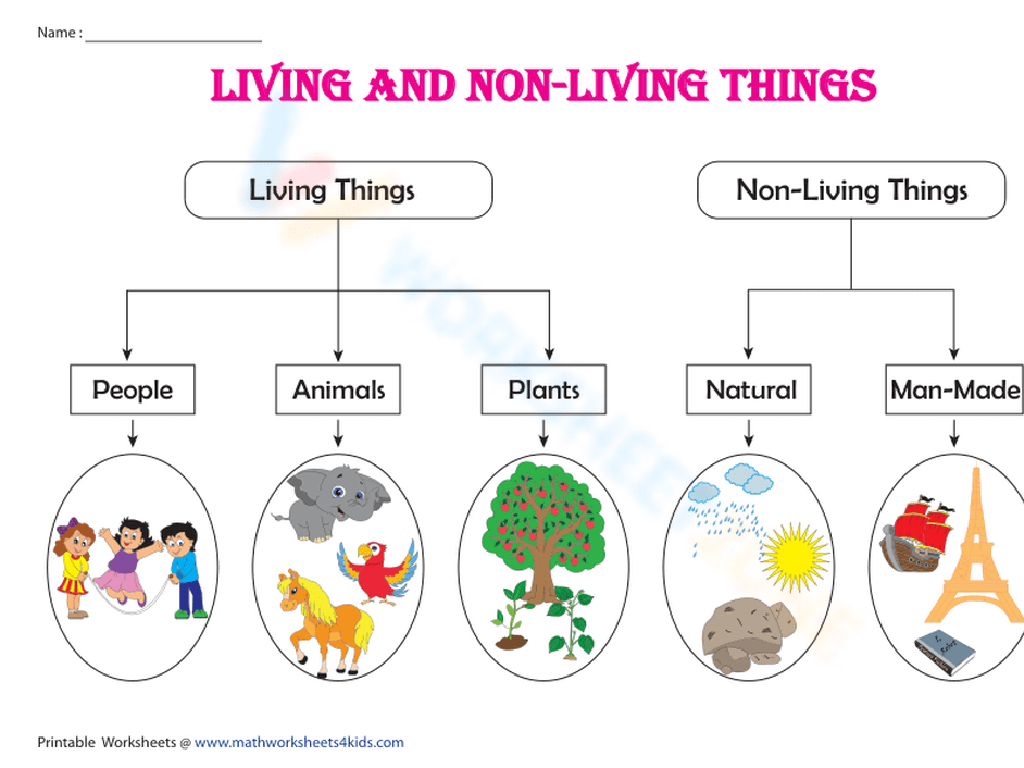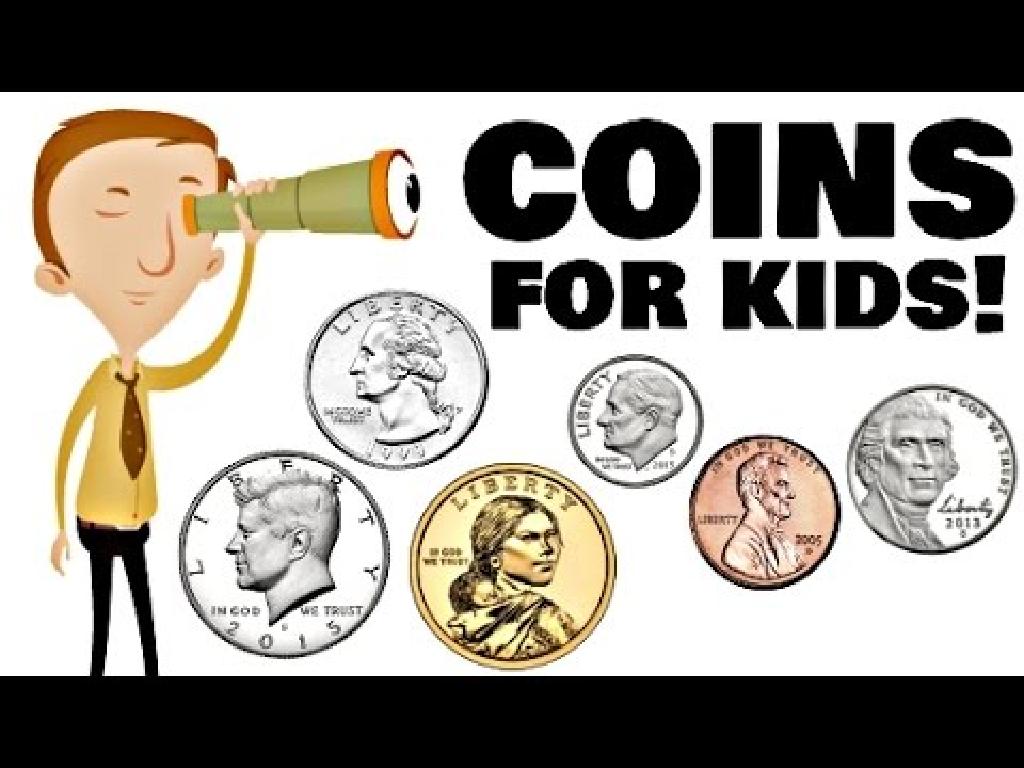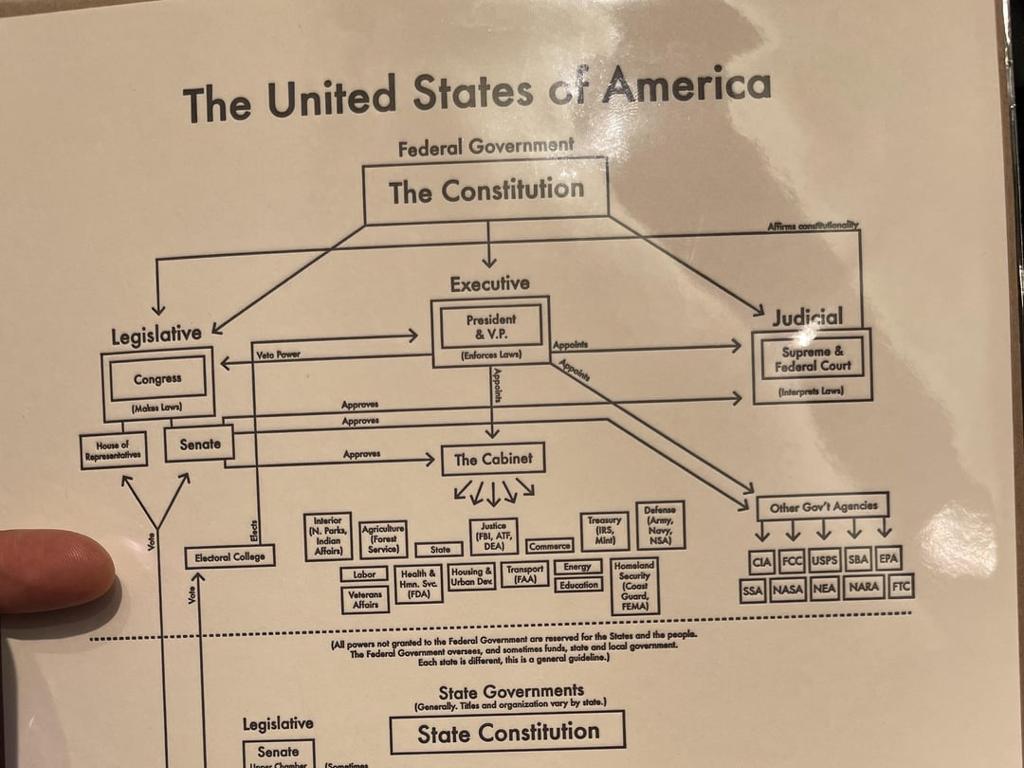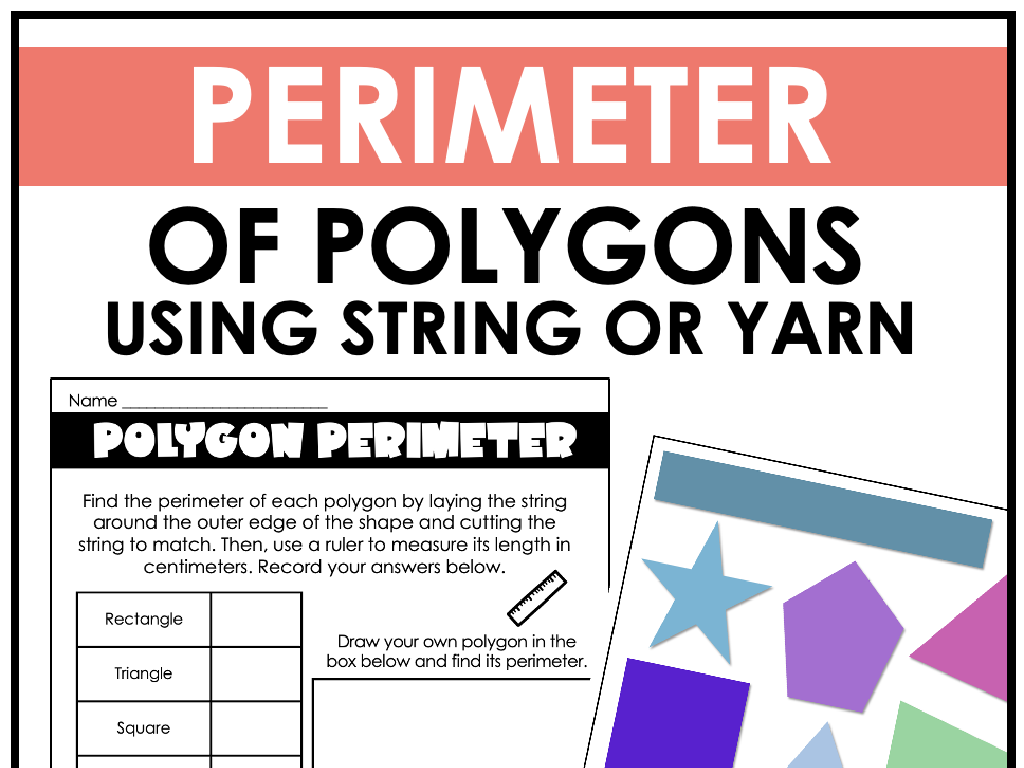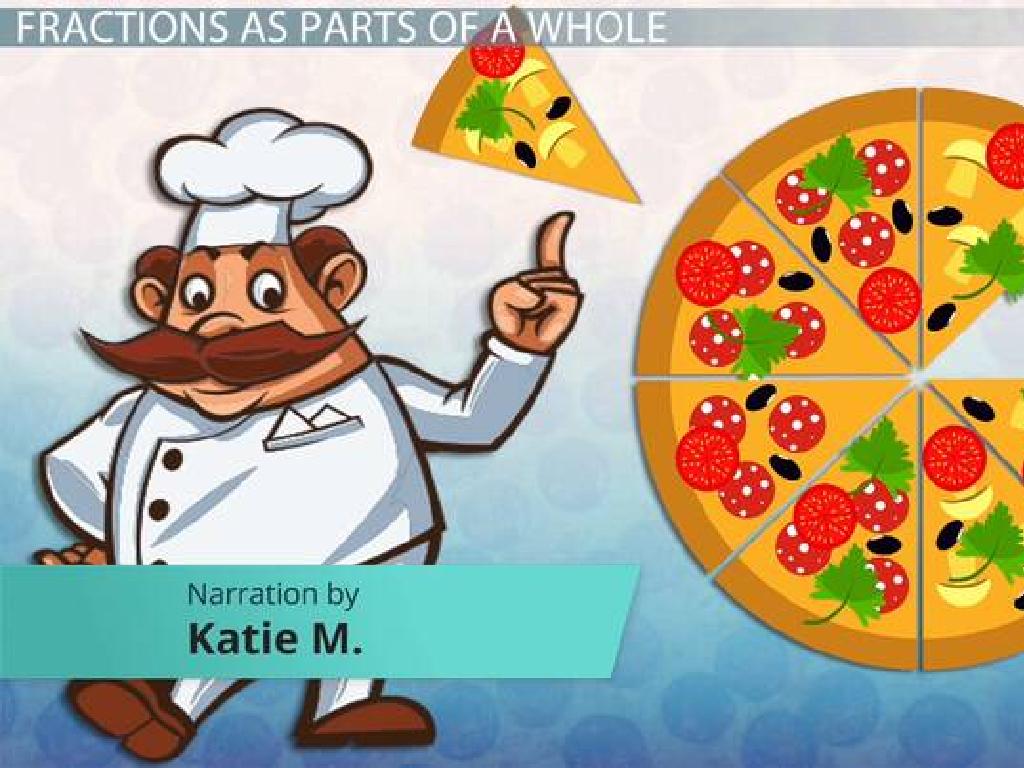Understand Conservation Of Matter Using Graphs
Subject: Science
Grade: Fourth grade
Topic: Matter And Mass
Please LOG IN to download the presentation. Access is available to registered users only.
View More Content
Conservation of Matter
– Matter is never created or destroyed
– Explore conservation of matter
– We’ll see how matter changes form but not amount
– Graphs show matter’s conservation
– Graphs help visualize matter before/after reactions
– Lesson objectives preview
|
This slide introduces the concept of the conservation of matter, a fundamental principle in science stating that matter cannot be created or destroyed in an isolated system. The lesson will guide students through the understanding that while matter may change forms – solid, liquid, gas – the total amount of matter remains constant. Use graphs to help students visualize how the mass of substances remains the same before and after a chemical reaction, reinforcing the concept of conservation. The objectives for today’s lesson include recognizing this principle and being able to represent it through graphs. Encourage students to think of examples such as melting ice or a burning candle, where the form changes but the matter is conserved.
Exploring Matter and Its Forms
– Matter: Everything is made of it
– Matter forms: solids, liquids, gases
– Common states of matter we see daily
– Atoms: Building blocks of matter
– Atoms are tiny particles you can’t see
– Conservation of matter using graphs
– Graphs show matter doesn’t disappear, it transforms
|
This slide introduces the concept of matter as the substance that makes up everything in the universe. Emphasize that matter is not just something we study in science; it’s all around us in different forms that we interact with every day. Explain that matter can be a solid, liquid, or gas, and give examples of each that are familiar to fourth graders. Introduce atoms as the tiny particles that make up matter, too small to see with our eyes. Finally, touch on the conservation of matter and how graphs can help us understand this concept by showing that the amount of matter stays the same, even when it changes forms. This sets the stage for further exploration of matter and its properties.
Exploring Mass and Matter
– Mass: amount of matter in objects
– Measuring mass with scales
– Use a scale to find how heavy an object is
– Units of mass: grams & kilograms
– Smaller objects are in grams, bigger ones in kilograms
– Conservation of mass in reactions
– Matter is not created or destroyed, just changes form
|
This slide introduces the concept of mass as a measure of the amount of matter in an object, which is a fundamental concept in science. Explain that mass is different from weight, which is affected by gravity, and is measured using a scale. Emphasize the standard units of mass, such as grams for small objects and kilograms for larger ones. Introduce the Law of Conservation of Mass, which states that in a closed system, mass is conserved in physical and chemical processes. This concept will be further explored using graphs to show that even when matter changes form, as in a chemical reaction, the total mass remains the same. Encourage students to think of examples where matter changes form but the mass stays constant, like melting ice into water.
Conservation of Matter: It’s Unchangeable!
– Matter is never created or destroyed
– Mass remains constant through changes
– Melting ice to water: mass is same
– Ice to water: different form, same weight
– Understanding with graphs
– Graphs show mass before and after change
|
This slide introduces the concept of the conservation of matter, a fundamental principle in science stating that matter cannot be created or destroyed. Emphasize that no matter what changes matter undergoes whether it’s melting, freezing, or evaporating the total mass remains the same. Use the example of melting ice turning into water to illustrate this point; the ice may change its form from solid to liquid, but its mass does not change. Introduce graphs as a visual tool to help students understand and visualize how the mass of matter remains constant before and after a change. During the lesson, engage students with activities that involve measuring and comparing the mass of various objects before and after undergoing a physical change to reinforce this concept.
Graphs and Conservation of Matter
– Graphs visualize matter conservation
– See how matter amount doesn’t change over time
– Mass shown on the y-axis
– The vertical line measures the mass in units
– Time or state changes on x-axis
– The horizontal line might show time passing or matter changing state
– Graphs show mass stays constant
– Even when matter changes form, the graph line stays level
|
This slide introduces students to the concept of using graphs to understand the conservation of matter. It’s crucial to explain that the total mass of matter remains the same, regardless of changes in state or time, which is a fundamental principle in science. By plotting mass on the y-axis and time or state changes on the x-axis, students can visually see that the amount of matter stays constant, as the line on the graph does not go up or down. Use examples like ice melting into water or water evaporating into steam to illustrate that while the state changes, the mass remains the same. Encourage students to think of other examples where matter changes form but not mass, and how this would look on a graph.
Conservation of Matter: Experiment
– Weigh ice, water, and steam
– Observe mass before and after change
– Does the mass stay the same even when ice melts or water evaporates?
– Record findings on a graph
– Use a graph to plot the mass of our substances in different states
– Understand matter conservation
– Matter is never lost, just changes forms
|
This slide introduces a hands-on class experiment to help students understand the conservation of matter by observing and recording the mass of water in its different states: solid (ice), liquid (water), and gas (steam). Before the experiment, explain that the mass should remain the same despite the changes in state due to the Law of Conservation of Matter. During the experiment, guide students to carefully weigh the ice, water, and steam (with adult supervision for safety), and observe that the mass remains constant. After the experiment, assist students in recording their findings on a graph to visualize the concept. This activity will reinforce the understanding that matter is conserved and only changes forms, not mass. Provide detailed guidelines for the teacher on how to conduct the experiment safely and effectively, and suggest alternative activities for different learning styles or if materials are limited.
Analyzing Our Experiment: Conservation of Matter
– Review our class experiment outcomes
– Graph interpretation and matter conservation
– Our graph shows that the total weight of materials before and after the experiment stays the same.
– Addressing experiment-related queries
– Understanding matter remains constant
– Even when matter changes form, like ice melting, its amount doesn’t change.
|
This slide aims to help students understand the law of conservation of matter through the analysis of a class experiment. Begin by reviewing the experiment’s procedure and results, ensuring that students recall the activities performed. Then, focus on how the graph reflects the conservation of matter, pointing out that the total mass remains unchanged before and after the experiment. This is a fundamental concept in science, demonstrating that matter is neither created nor destroyed in a closed system. Address any questions students may have about the experiment or the results to clarify their understanding. Emphasize that changes in matter, such as phase changes, do not equate to a change in mass. Encourage students to think of other examples where matter changes form but not mass, such as water vapor condensing into liquid.
Class Activity: Graphing Matter Conservation
– Create a graph from experiment data
– Show conservation of matter visually
– Matter isn’t created or destroyed, it just changes form
– Partner up to share your graph
– Explain your findings to your partner
– Discuss what the graph shows about matter before and after the experiment
|
In this activity, students will apply their understanding of the conservation of matter by creating a graph based on data collected from a class experiment. Provide students with the data or have them use their own data if they conducted the experiment themselves. Guide them on how to plot the data on a graph, ensuring they label the axes correctly. Once they’ve created their graphs, have them pair up with a classmate to present and explain their findings. Encourage them to discuss how their graph demonstrates that the total amount of matter remains the same, even though it may change form. This activity will help solidify their understanding of the conservation of matter through a hands-on and visual approach. Possible variations of the activity could include graphing different states of matter, comparing before and after a chemical reaction, or even a digital graphing exercise using software or apps designed for education.
Conservation of Matter: Recap & Graphs
– Matter is never created or destroyed
– Even if matter changes form, the amount stays the same.
– Graphs show matter conservation
– Visualize how mass remains constant through changes with a graph.
– Different states of matter ahead
– Review key points for understanding
– Let’s ensure we’re clear on today’s concepts before moving on.
|
As we conclude today’s lesson, remind students of the law of conservation of matter, emphasizing that no matter is lost or gained in chemical reactions; it only changes forms. Reinforce this concept by reviewing the graphs we used to represent matter and mass, showing that the total mass remains constant. Prepare the students for the next class by briefly mentioning that we will be exploring the different states of matter. Use this time to answer any lingering questions and solidify their understanding of today’s lesson. Encourage them to think of examples where matter changes form but not mass, like melting ice or a burning candle.

